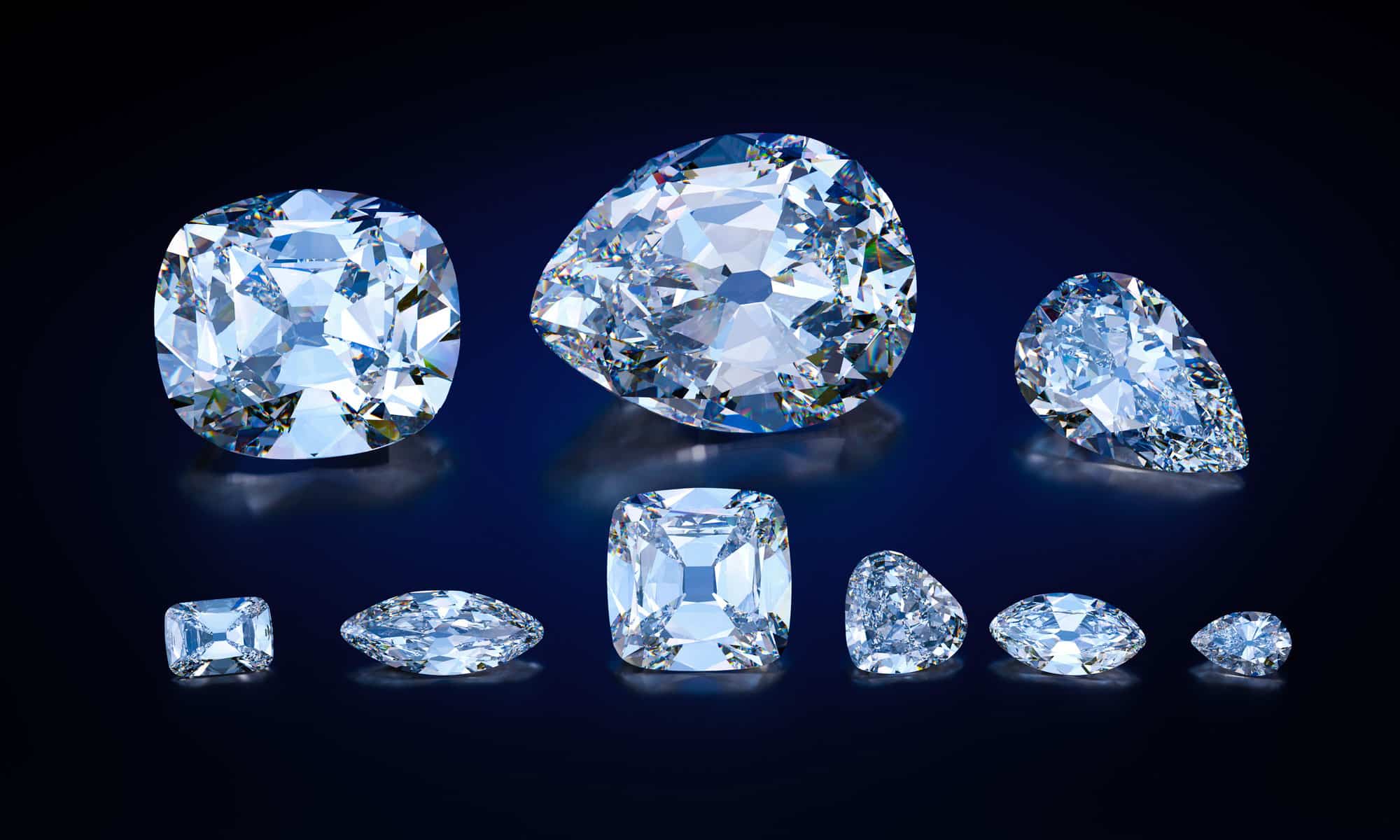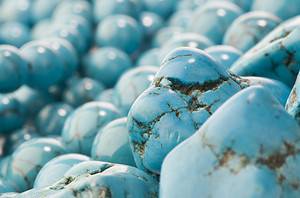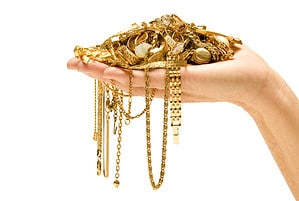Diamonds aren’t as rare as jewelry companies would have you believe. While some of the more high-quality cuts and sizes like the Hope Diamond are rare, diamonds as a whole are rather common. For this reason, it’s not hard to look around and find precious stones rarer than diamonds.
What makes diamonds unique is their hardness. When you are wearing something all day, every day, like with wedding and engagement rings, you want something that can hold up to scratches, sunlight, and usual wear and tear.
However, outside of that, diamonds don’t have much to offer. They aren’t as rare as you might think, and they don’t have unique colors and distinctions to make them stand out. The 11 options below are not only much rarer, and therefore more valuable, than diamonds, but they all have unique features to make them much more memorable and stand out from a crowd of precious gemstones. So keep reading to learn more about these different stones and what makes them so unique and rare compared to the common diamond.
1. Paraiba Tourmaline
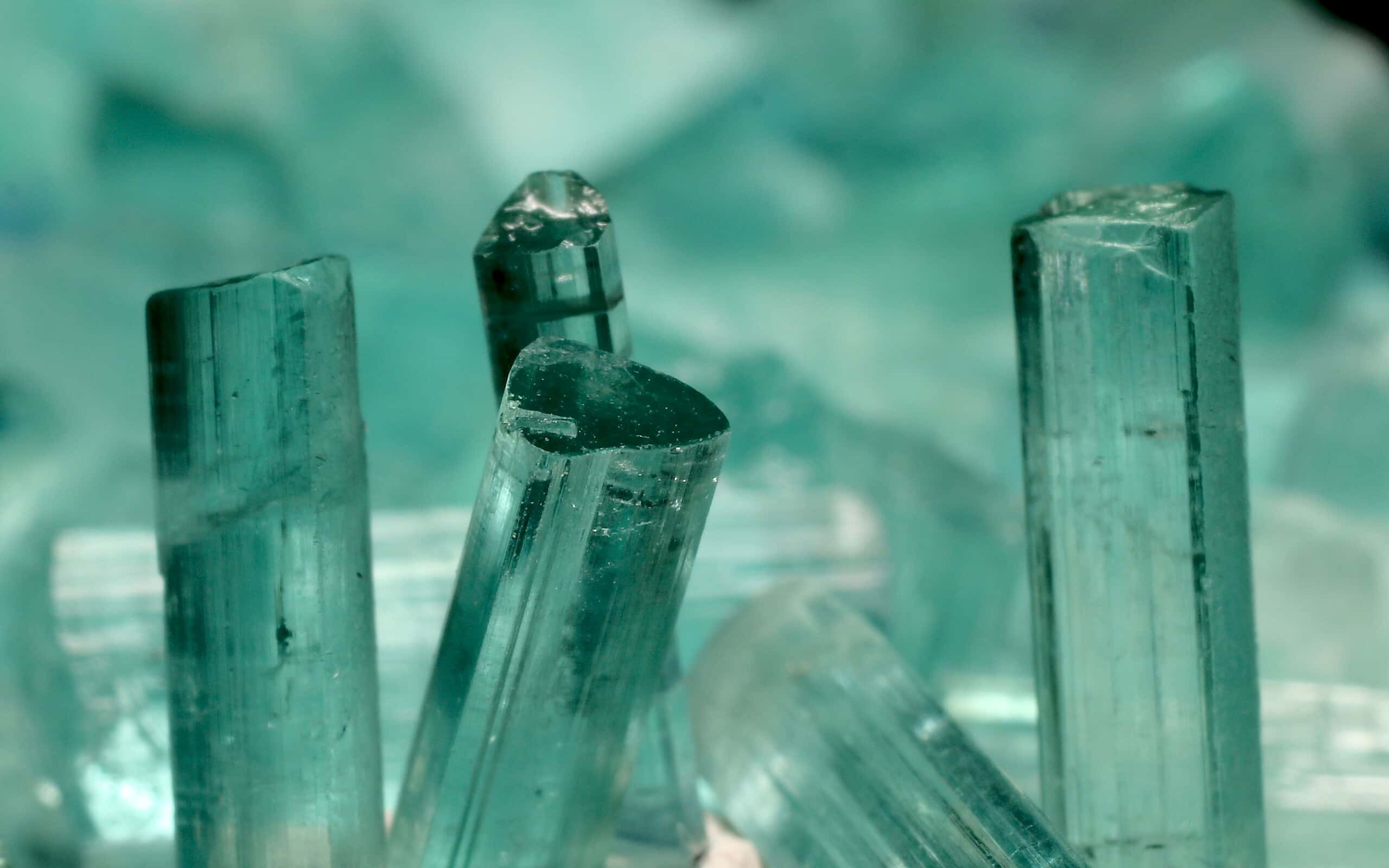
This is the uncut and unpolished version of the Paraiba tourmaline.
©Dan Olsen/iStock via Getty Images
Tourmaline itself isn’t all that rare. There are hundreds of different kinds, including watermelon, liddicoatite, dravite, elbaite, and siberite. All are colorful and beautiful. However, the rarest of them all is the Paraiba tourmaline. When polished, it’s a bright minty green. It was first discovered in 1989 in Brazil and has been highly in demand since then, with some costing upwards of $20,000 per carat. This tourmaline is also found in Mozambique and Nigeria, but it’s still hard to find and even harder to excavate.
2. Tanzanite

Tanzanite is most commonly purple but may be violet, blue, yellow, green, or brown.
©AllaboutDesign/Shutterstock.com
The name of this stone comes from Tanzania. It’s a small country in East Africa and is the only place where this stone is found. Specifically, it’s only found at the foot of Mount Kilimanjaro. It’s so rare that it’s thought that it will be less than a century before all of the stone is mined. Tanzanite’s most popular shade is a rich blue that rivals a sapphire in certain lights but changes shades as different lighting hits the stone.
3. Jadeite

Though jadeite is most known for the rich green color in the image above, the stone comes in many different colors.
©W. Scott McGill/Shutterstock.com
Jade is a vital part of history. It was a form of protection and status in Chinese, Maori, and Mayan cultures. Unfortunately, jade is very soft and tends to deform over time. Jadeite, on the other hand, is very similar to jade, except it’s much harder and rarer. When you think of imperial jade, it’s usually actually jadeite. Though it comes in many colors, it’s the emerald green and slightly translucent version of the stone that’s the most in demand.
4. Kashmir Sapphire

Unlike regular sapphire, Kashmir sapphire has a cloudy appearance.
©bigjo5/ via Getty Images
Despite cloudy stones usually being seen as bad, Kashmir sapphires are highly in demand. They are incredibly rare. Most of the ones circulating around were found over a century ago, and not many have been found since then as the mine in the Himalayas ran out in the 1930s. The color is described as a velvet blue. They’re sometimes confused with Sri Lankan sapphires.
5. Taaffeite

The image above is spinel, which is what taaffeite is regularly confused with.
©Perfectgemstore/Shutterstock.com
Considered one of the rarest gemstones in the world, this stone is rarely ever seen. It’s usually clear or some shade of pink. For a long time, no one knew this stone existed, as it was confused with spinel until Richard Taaffe identified the stone. The main way to identify it is based on its refraction. Spinel, diamonds, and garnets are singly refractive, but taaffeite is doubly refractive. Another unique feature of taaffeite is that this beautiful stone is associated with luck and fortune, as well as healing.
6. Grandidierite
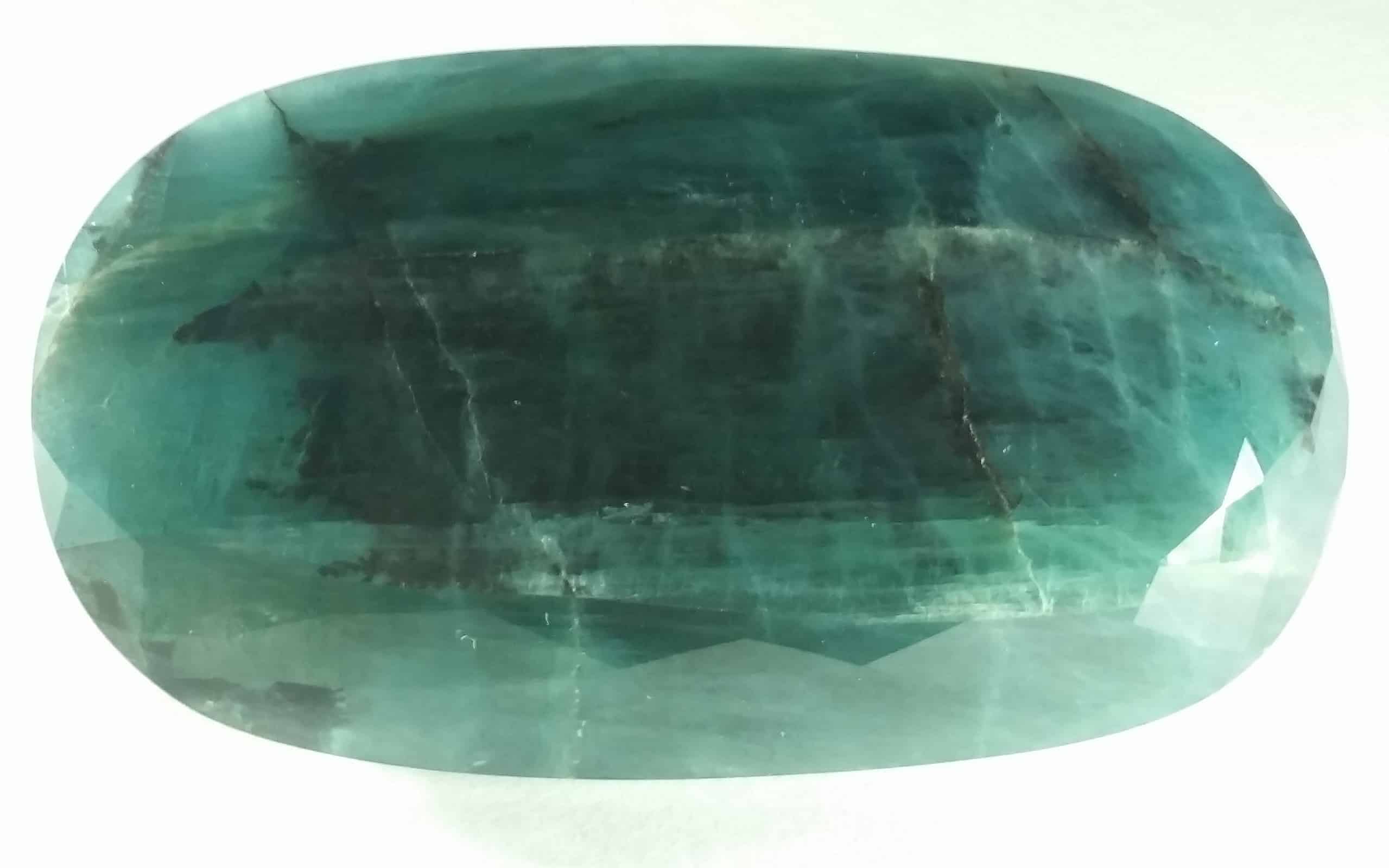
Though it was first found in 1902, there’s not much known about grandidierite.
Grandidierite is found in a few locations around the world. However, the quality cuts are from Madagascar. While the colors most in demand are the blue-green options above, most of the stones are translucent. It was recently discovered that these transparent pieces if cut right look almost jade-like and gain the colors highly in demand.
7. Burmese Ruby

Due to less iron in the stone,
Burmese
rubies are much more vivid red than other rubies.
©iStock.com/photo-world
Burmese rubies look a little different than standard rubies. They are a deep red, looking almost blood red. These rubies are only found in small chunks, which means that they rarely come in more than a few carats. Their name comes from the fact that they are found in Burma (Myanmar). They are also fondly called “pigeon blood” ruby because of their color.
8. Alexandrite
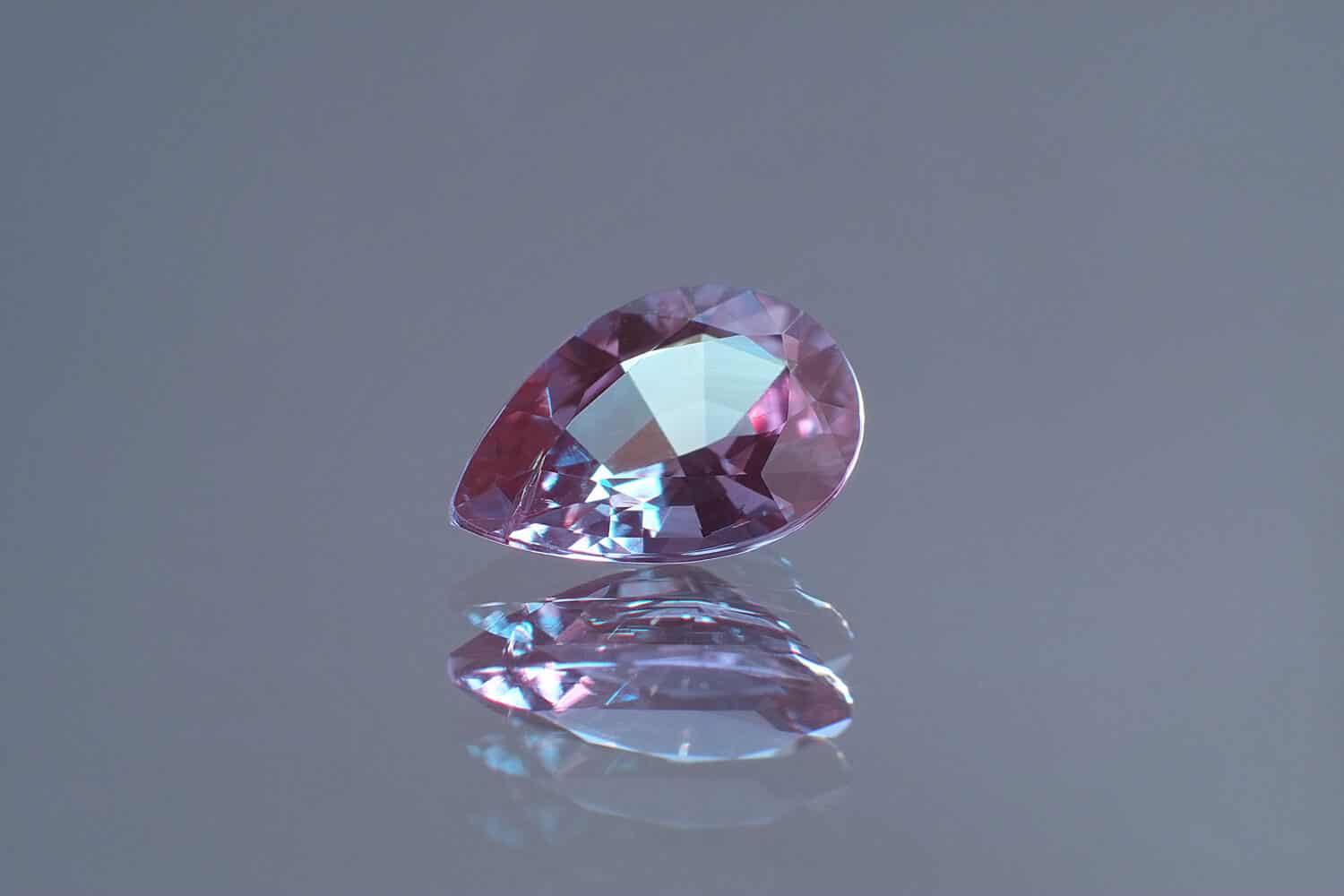
Though alexandrite is less rare than it was, it is still incredibly hard to find naturally and is often synthesized.
©osinko/Shutterstock.com
The most unique feature about alexandrite is the fact that it changes colors depending on the light you’re in. Generally, in daylight, it will appear peacock blue or emerald green. However, in indoor lights, it’s more of a red or purple. The stone gets its name from Czar Alexander as they were incredibly popular in the 1830s when found in the Ural Mountains in Russia. Since then, it’s been found in other parts of the world, including Brazil.
9. Dark Blue Aquamarine

Most aquamarine stones are light blue, looking like a bright summer sky.
©TinaImages/Shutterstock.com
While regular aquamarine stones are only moderately rare, dark blue aquamarine is much harder to find. They are only found in Brazil, unlike the lighter version of this stone found in Sri Lanka, Afghanistan, Kenya, Brazil, Nigeria, Madagascar, Russia, Tanzania, and Pakistan. Because it’s so rare, it’s the most valuable form of the stone, with a slightly greenish blue following closely behind.
10. Padparadscha Sapphire

The rarity, unique color, and the trend for items rose-gold all contribute to the popularity of the Padparadscha sapphire.
©Finesell/Shutterstock.com
Rare enough that even most experienced jewelers can’t say they’ve ever seen one, Padparadscha sapphires aren’t known to much of the public. Though they are commonly made in labs to keep up with demands, the synthetic ones can’t even come close to matching the natural stone’s unique colors. They’re always a shade of pink or orange, though usually a mix of both. Their name comes from the Sanskrit word for a tropical lotus flower.
11. Ammolite

Ammolite isn’t like your usual gemstone. Instead of small stones in a ring, these pieces do best when displayed whole.
©Miroslav Halama/Shutterstock.com
For many of you readers, ammolite is found much closer to home. This unique gem is found in the Rocky Mountains running through North America. It’s made from the shells of mollusks that lived in the ocean over 65 million years ago. Most of them create iridescent colors, even when whole. However, it is possible to shave them down into a small stone while still retaining some of that iridescence.
Summary of Precious Stones Rarer Than Diamonds
| List Number | Stone | Colors |
|---|---|---|
| 1 | Paraiba Tourmaline | Blue, minty blue, green, green-blue, violet |
| 2 | Tanzanite | Blue and purple, golden, green, lilac, and peacock |
| 3 | Jadeite | Green, white, blue, black, red, purple, colorless |
| 4 | Kashmir Sapphire | Blue |
| 5 | Taaffeite | Pink, purple, red, brown, blue, green, gray, colorless |
| 6 | Grandidierite | Blue-green, colorless, light yellow, dark green |
| 7 | Burmese Ruby | Purple-red, red, pink-red |
| 8 | Alexandrite | Blue, green, red, pink, purple, yellow, brown, gray |
| 9 | Dark Blue Aquamarine | Blue, green-blue |
| 10 | Padparadscha Sapphire | Pink, orange, pink-orange |
| 11 | Ammolite | Almost any color, green and red most common |
Thank you for reading! Have some feedback for us? Contact the AZ Animals editorial team.

